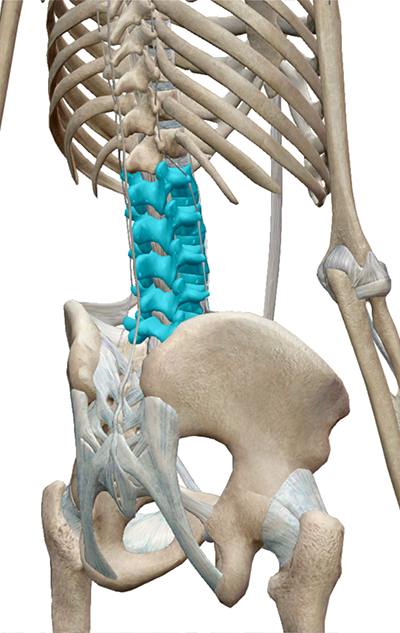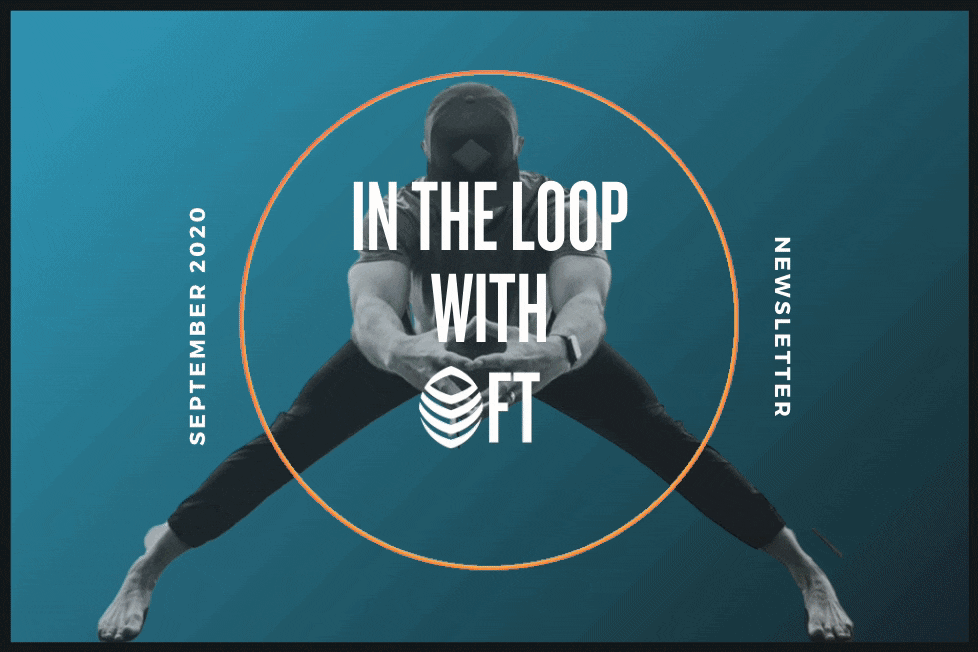
September 2020 Newsletter

The Foundation Training team has been sharing FT with our communities and working hard behind the scenes. Our Program Director Jessie Salas was invited to train stunt performers in career longevity in Atlanta. And Dr. Eric Goodman is teaching every Saturday this month in Kauai. As we continue to build our intensive online learning program that will launch in early 2021, we recognize the immediate desire of our instructors to improve their own skills. So we are excited to announce a 5 week small group mentoring program for currently certified instructors. We remain inspired by and grateful for our FT community, open to new ways we can help you, so don’t hesitate to reach out to us.
Instructor Highlights
We have instructors all over the world integrating Foundation Training into their practice and finding innovative ways to reach their audiences. Each month we bring you a little snapshot of what they’ve done recently.
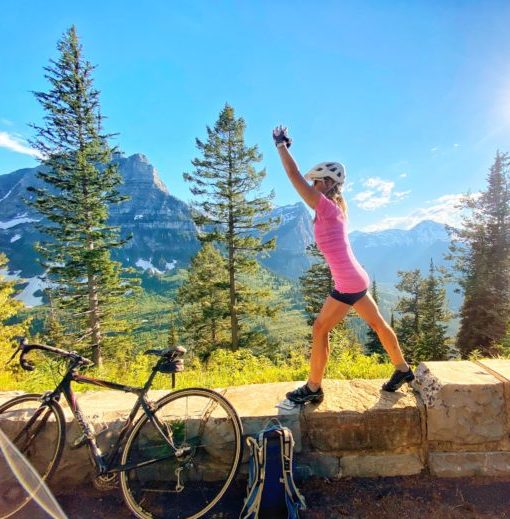
GABRIELLE CAHOON is a Level 2 instructor and owner of Studio 48 Pilates & Fitness in Whitefish, MT. Using her expertise as creator of the online Pilates & fitness studio, My Daily Reform, she has integrated Foundation Training for Pilates instructors and students all over the world, both for matwork and apparatus classes. She has recently utilized the scenic backdrops the outdoors for her workouts, showing clients that they can exercise anywhere.
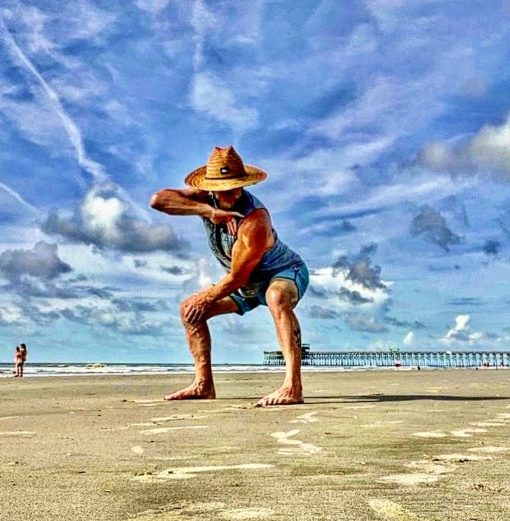
SHANE CUPPETT is a Level 2 instructor and owner of Turning Point Fitness, now in Asheville, NC. He spent 7 years in Charlotte teaching and empowering individuals of all ages with Foundation Training. He recently relocated to Asheville, building new opportunities to share the work to more areas of North Carolina and continue to expand his online offerings.
Movement of the Month: Avoiding Hyperextension
- DOC'S THOUGHTS -
The spine is built to move with equal distribution of movement along each of its levels. When the muscles are not coordinating together to provide a framework of movement, a single area takes on the role. When all the force and movement that is meant for a whole network of muscles is condensed into a pinpoint area, this is beyond the capacity of a joint and causes instability and compression.
Hyperextension of the back occurs when vertebrae are excessively opened beyond their healthy range of motion. Without stability and set in a pattern of compressing a single joint to move the whole spine, the joint further breaks down over time and/or has an acute breakdown with sudden increased motion or force.
Prevention and treatment are the same. Find length with stability, maintaining with the pelvis as the fulcrum of movement, allowing force to distribute rather than pinpoint. Practice Foundation Training.
- COACH’S TIPS -
I see hyperextension as a common compensation pattern when learning Foundation Training. With the ribs thrusting forward, the cue is not to bring ribs down but instead to use the decompression breath, with a emphasis into the back of the ribcage, to lengthen into a neutral spine. But when these words don’t connect to actual body awareness, I reinforce the natural curve of a neutral spinal position with floor work, allowing the ground to give them the feedback.
In Supine Decompression use several 5-breath rounds to focus on increasing the surface area in contact with the ground. Use only the breath to get this expansion, never pressing down the low back to get that contact. Once you are connecting with that feeling and maintaining the position, flip over. In Prone Decompression, focus on that same posterior expansion with each breath lengthening & lifting the back of your neck, never arching the back to feel ribs press into ground. Add challenge by going back forth between the supine and prone positions.
Once you can feel the expansion on the floor without compensation, come up to standing and pay close attention to your ribs getting 360° expansion without feedback from the ground. From there, bring in hip hinging and check in if you are maintaining the posture practiced. It takes time change dominate patterns so take in these small “movement snacks” to break down the pattern, allowing adjustments to become more automatic over time. Don’t push into fatigue, build strength by recognizing when and how to adjust.
- Concept Corner -
Flexibility is the range that a muscle can be passively lengthened. Passive = muscle that is not loaded, controlled, or necessarily stable. Mobility, on the other hand, is the range of motion a joint can move actively. Active = muscle that is loaded, controlled, and stable.
Flexibility is a show. Mobility is how we actually move in real life. To build healthy mobility we start with stability in in the core. Decompression with the 360° breath then lengthening under tension.
There is no inherent disability in being hypomobile (tight) or hypermobile (overly flexible) if we adapt accordingly to build a better functional end range. But often we adapt in the wrong direction.
Hypomobile joints that are not worked to properly lengthen under tension learn to maintain their “tightness” so they compensate by trying to move other body parts. Hypermobile joints that aren’t worked to tension at appropriate lengths learn to load at their extreme end ranges and give up muscle control, instead loading & damaging the joints.
When we get to an end range that we have control over, we need to work to gain incremental improvement rather than compensating by moving other body parts or loading the joints. Avoid injury and increase functional movement by improving mobility through lengthening under tension, always starting with that 360° breath.
Stream FT Workout of the Month
Every month we provide you with a new workout from the FT team. This month firefighter and Core Educator, Evan Halquist, takes you through a rotational strengthening routine. Join Eric and Gail as they show off proper form throughout Evan’s 15 minute workout.
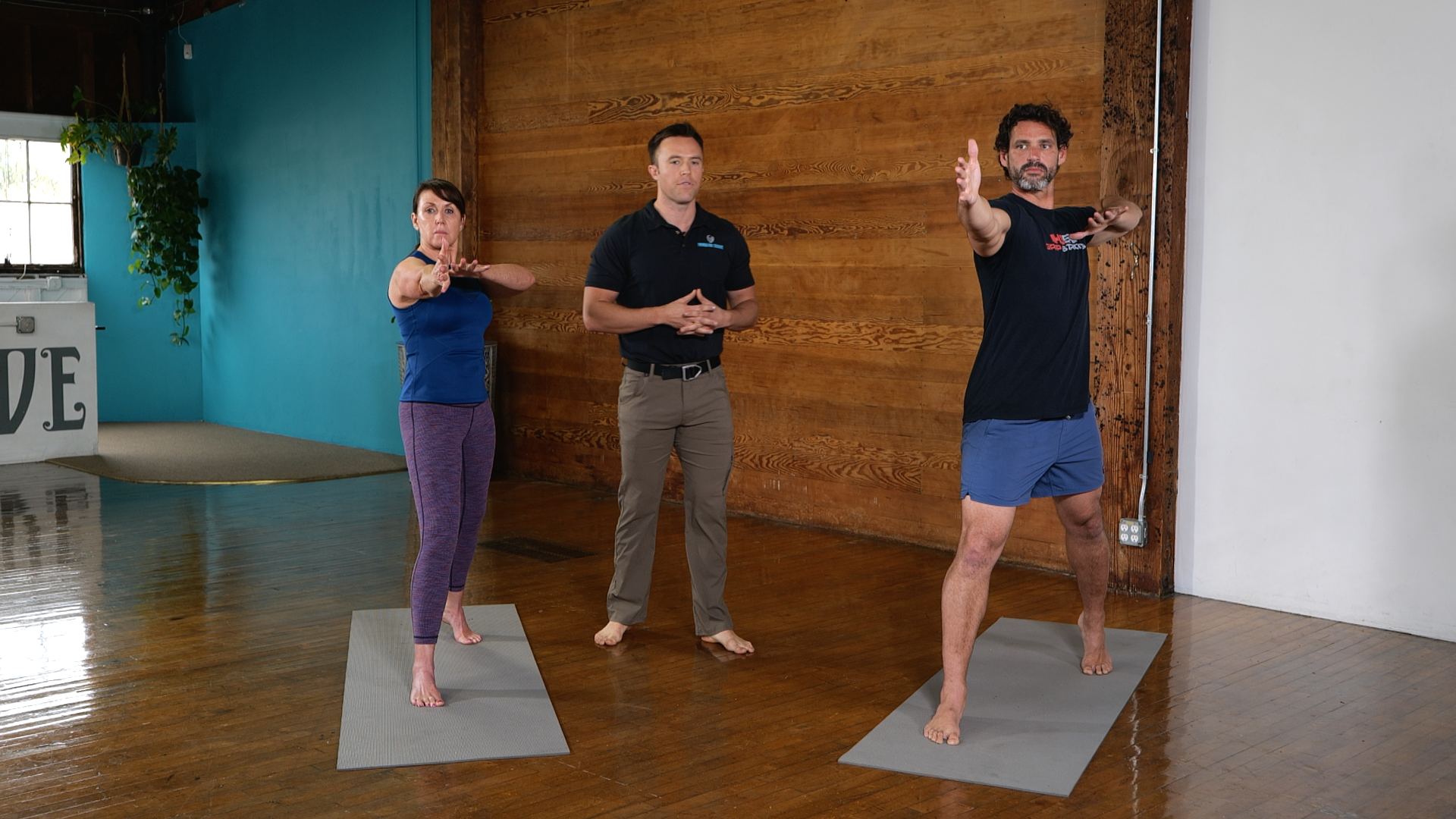
Speciality Application: Stunt Performers
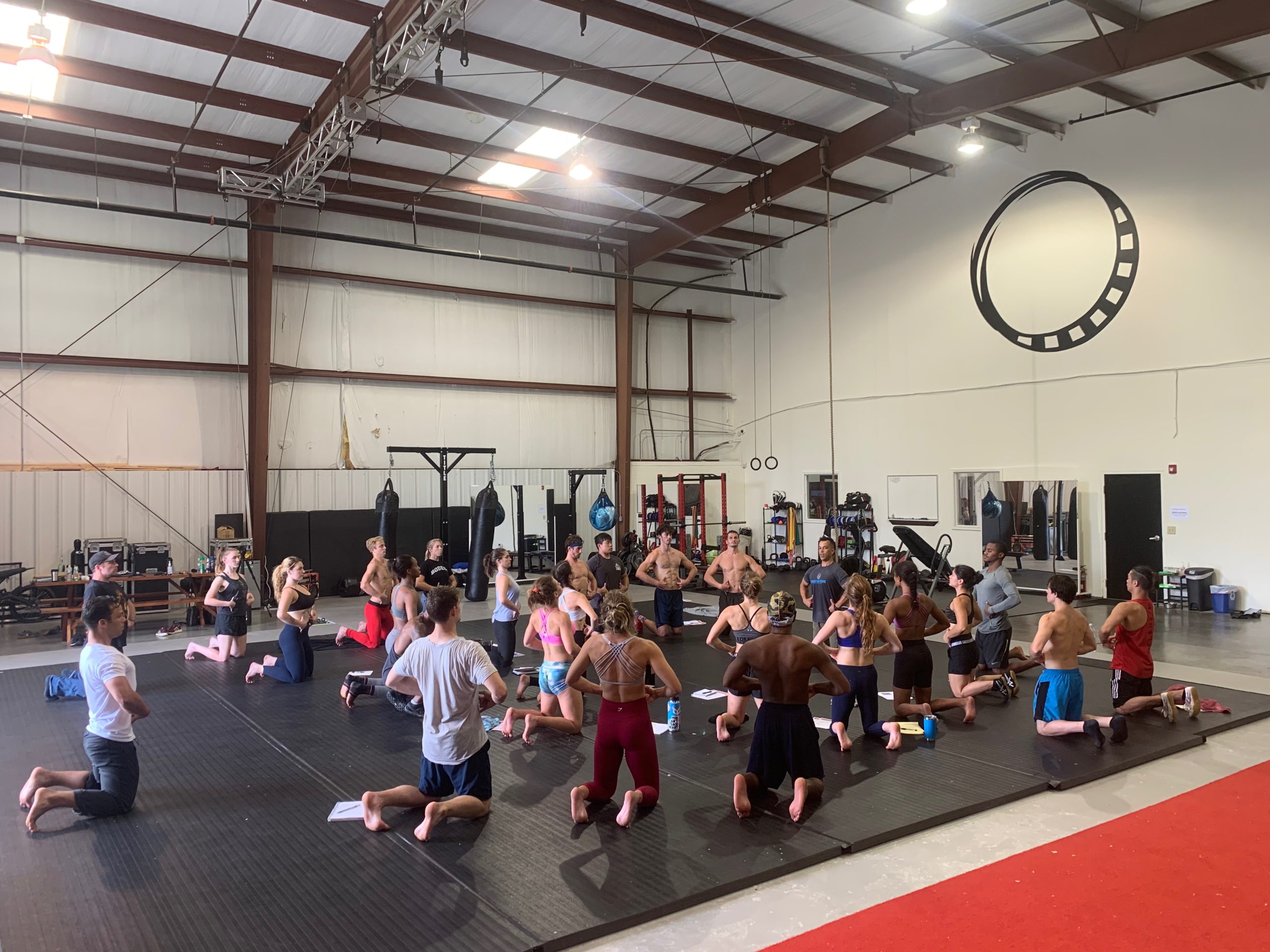
In March, COVID-19 shut down the film industry almost overnight. Stunt performers were hit particularly hard, especially new performers, who often their living by “day playing,” meaning they are hired to work on set for one or two days at a time—a practice that might be abandoned during COVID, putting those new performers at a disadvantage.
ENSO, headed by Walter Garcia, Stunt Coordinator and 2nd Unit Director for some of the biggest TV shows and movies in Hollywood, decided to create a program to give a group of up-and-coming talent the career boost they’ll need as filming starts up again.
Twenty stunt performers from around the country gathered in Atlanta, Georgia for ENSO’s TOTEM: a 5-week training intensive offered free of charge in light of the challenges of the pandemic. This program was the first of its kind, focused on all aspects of what it takes to become an stunt performer.
A problem for many young athletes is not knowing the proper way to care of their body for the long-term, and the same is true for stunt performers. Stunts involve inherent risks that can lead to serious injury on the job, but long-term effects of improper technique and training can lead to just as much damage over time, and are often overlooked.
Walter and the team at ENSO contacted Foundation Training to teach students how to recognize and correct imbalances in the body, and how to prevent poor muscle utilization that can lead to future pain or injury. Equally important was the flexibility Foundation Training offers—the bodyweight exercises can be done during rehearsals, on location, or while waiting for the next take.
Over the course of two days at the ENSO facility, students learned the basics of Foundation Training and just how important it is to recover and care for both mind and body. Mindset, diet, breath work, and mobility were just a few topics discussed in addition to bodyweight exercise sessions led by Program Director Jessie Salas. TOTEM students can now take the skills learned from Foundation Training into their next job, with better understanding of their body’s capabilities and how to do their part to prevent injury—and invaluable lesson for people taking hits for a living!
Speciality Application: Scoliosis
Dr. Goodman instructs certified personal trainer Josh Holland on how to address his functional scoliosis through Foundation Training approaches. Watch it here though YouTube or click on the button below to view it on Stream FT.
Online FT Instructor Mentoring
We are excited to announce the FT Instructor Mentor program. This will allow our instructors to reconnect with the FT community more intimately, provide an updated review of FT exercises, and gain specialty application training for improved teaching skills.
The program will be exclusively online through Zoom with small groups (10 individuals). Each group will meet for one hour sessions, twice weekly from October 19 to November 21. Each week your group to rotate to a new core educator and his/her time slot. See the detailed schedule here to find a group that works best for your schedule.
Session outlines will be provided and sessions will be recorded, as we understand you might to not be able to make every time slot. We highly encourage you to be live during as many sessions as possible to drive discussion to your feedback.
Along with the review of FT exercises and their most up-to-date changes, you will get a specialty application lecture each week on the following topics:
- Improving cueing for teaching groups
- Perfecting the art of positive feedback & constructive criticism
- Therapeutic application though holistic approaches
- Business development through community & culture
- Design & implementation of FT into strength & conditioning programs
The cost of all 5 weeks is $300.

Feed the Wolf
A monthly mental snack to feed personal development.
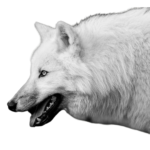
Fail Forward. How you got from point A to point B will not necessarily get you to point C. And repeating the same mistake isn’t getting you closer to anywhere. Got a boulder in your path? Stop pushing and discover if you should climb over, under, or around it by exploring. Whether out of frustration, embarrassment, or discouragement, we often keep pushing then quit, unaware the path was there waiting for us all along. Make errors more often and you will improve faster. Every mistake provides you with a fragment of awareness for further exploration so don’t just tolerate your mistakes; encourage them. Embrace them. Let them guide you. I am not advocating we condone wrongdoing or encourage stupidity. On the contrary, accept consequences fully because they give you insight into the impact of the choice you made. But enjoy the process of learning. Whether you make a small blunder or a big mistake, humbly admit it, blame no one else, adapt, and move forward.


